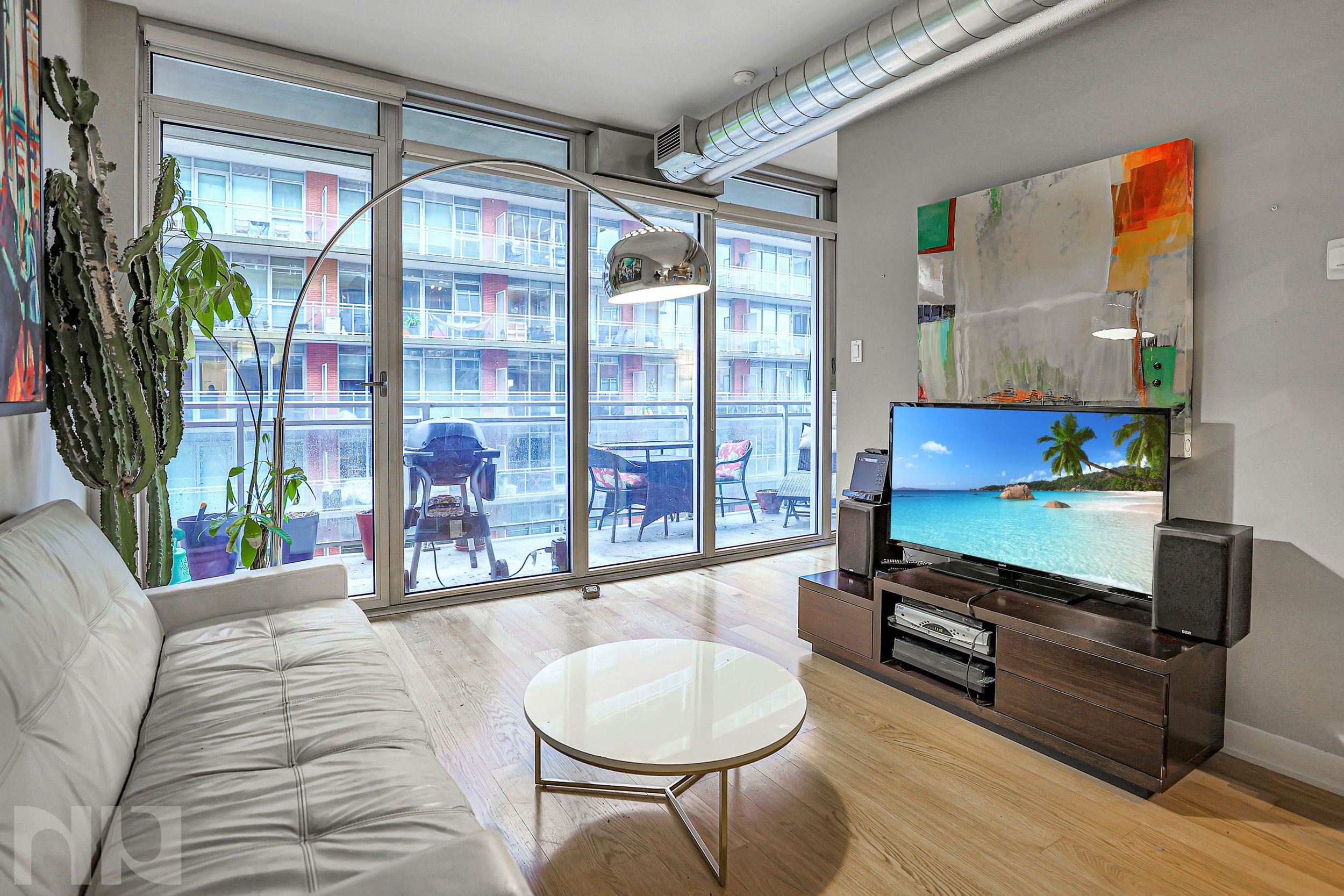What to consider before purchasing an older condo in Ottawa
Buying a condominium is not the same as buying a house, and when it comes to age, the financial investment can vary greatly.
With so many condos to choose from in Ottawa and so many differences between them, let’s break down some of the things you should consider to ensure your money is being invested in the right place.
Because condos share walls and ceilings/floors with other neighbours, as well as shared spaces, the building grounds, the roof, elevators, and more; all of these are considered partially your property, and thus partially your responsibility. With that in mind, let’s jump into what to look for.
Has the plumbing been redone?
Before the 1970s, galvanized steel was the most common type of plumbing. This is very heavy, and not very durable. Pipes made of this material are more likely to rust or even break once the zinc coating inside them starts to break down.
Another commonly used material was zinc pipes, which last a good while but are at risk of releasing lead into the water over time.
Finally, if your building of interest was built between the 70s and the 90s, it may include polybutylene pipes.
The age of the roof
A roof can last 15-20 years if it is tar and gravel, or 20-25 years if it is asphalt.
The boiler
Boilers last, on average, 10-15 years. It could last longer if it has been well taken care of.
Balconies
Balconies can deteriorate! Depending on the material, you may see a lifecycle of about 15 years.
Is there underground parking? When was it built? Is it leaking?
Looking for damage in the underground parking such as leaky holes or large cracks can be an excellent indicator of how soon it will need to be repaired or completely redone.
When were the elevators last upgraded or replaced?
Elevators regularly need to be replaced. Well-maintained elevators can last more than 25 years, but ones that need some major TLC may not make it to 20.
How is the exterior of the building?
Has it been protected from rain? Is it falling apart? Is it cracked, worn, or stained?
Is there a depreciation report?
These reports are prepared by architects or engineers who can decide the health of a building and how much upkeep will cost in the short and long term. You can then use this information to see whether the building has been putting away money for a long time to handle this upkeep and if minor issues have been dealt with immediately to avoid them becoming larger and more expensive issues.
With all this information, you can now decide whether or not this building is a good investment. If the building has been regularly updated and spends a good amount of money on maintenance and care, then you are getting good value for your dollar. If they have budgeted for expected upkeep (like roof replacements, elevator updates, etc) then you know you will never have to see a large spike in your condo payments. However, if the condo association has been slow in fixing things and let minor problems become large over time, then that building may not be a good place to invest your money as you can expect large expenses to appear in the coming years.
So what would be the benefit of purchasing a unit in an older building?
For starters, they’re typically less expensive. If you’re new to the market, looking for an investment property, or trying to downsize, this is a perfect opportunity to get into the condo market.
Secondly, older units are typically more spacious. New buildings often have smaller floor plans in comparison! Not only will older units be more affordable, but they’ll also typically be much larger (comparing a new 1-bed unit to an older 1-bed unit, for example).
Potential problems in the building will already be addressed. In new builds, you may find that large issues in the building’s framework need costly updates just a few years down the road. Older buildings have been running for many years, meaning they’re trustworthy. Their systems work.
Finally, new builds are typically priced up just due to their newness. People want what’s flashy and exciting, and later realize they paid top dollar for a small unit with apartment-size appliances, a micro-balcony, and a bedroom that barely fits their bed! For the sake of ‘modern’ aesthetics, some buildings use cheaper finishes and cut corners. Older buildings typically had a larger focus on quality and comfort. Although they may not be as trendy, they were more likely built to last.
Other advantages of an older condo
Larger floor plans.
Renovated units and the possibility to renovate.
More owners, fewer renters.
Long-term staff with a dedication to the building and its residents.
Advantages of a new condo
Future value potential
If you buy it during the building process, you can customize finishes with the developers.
They are a good investment, with limited condo fees during the first decade or so
Pre-built condos can take 3-4 years to finish, and may still be under construction when you move in!





























